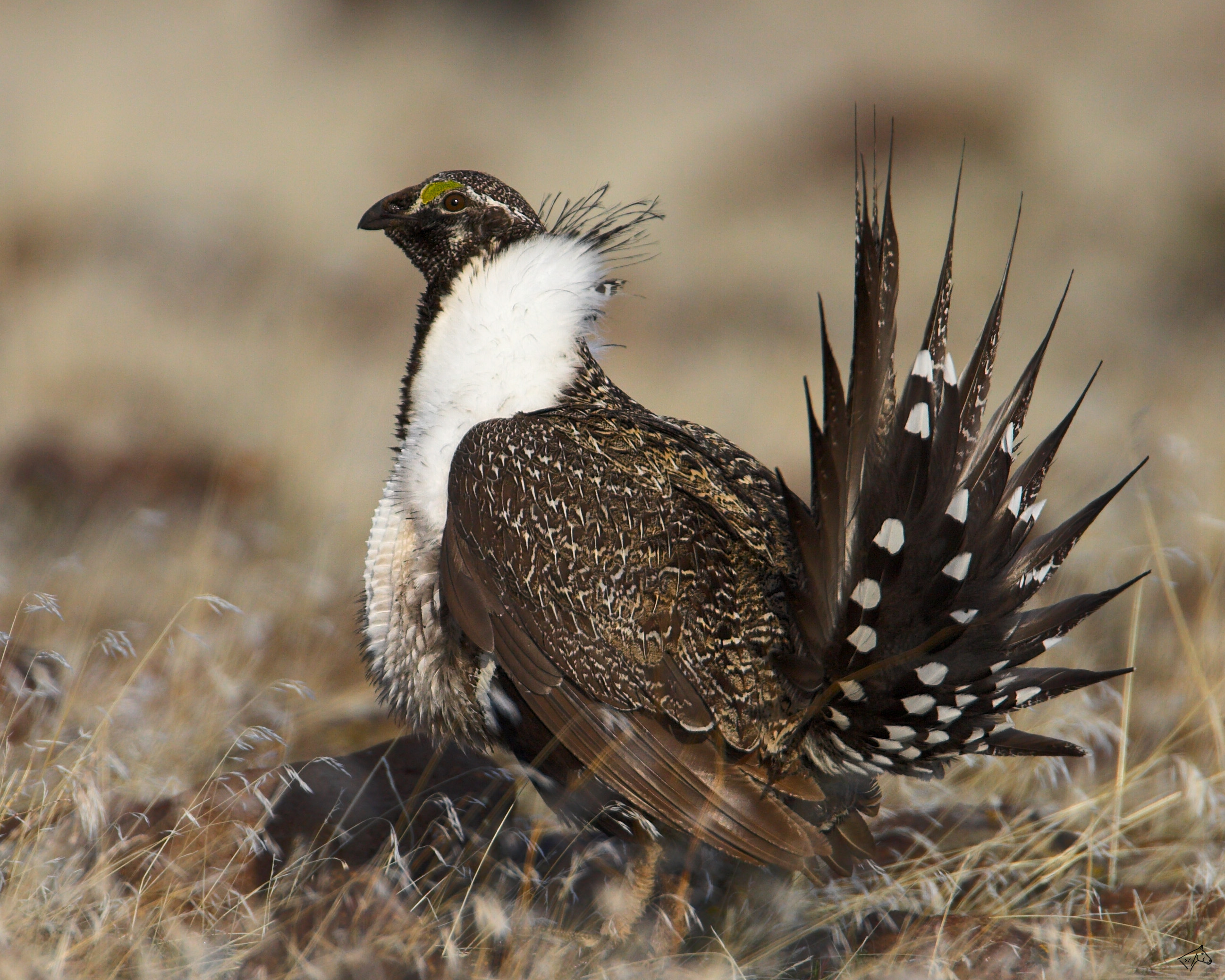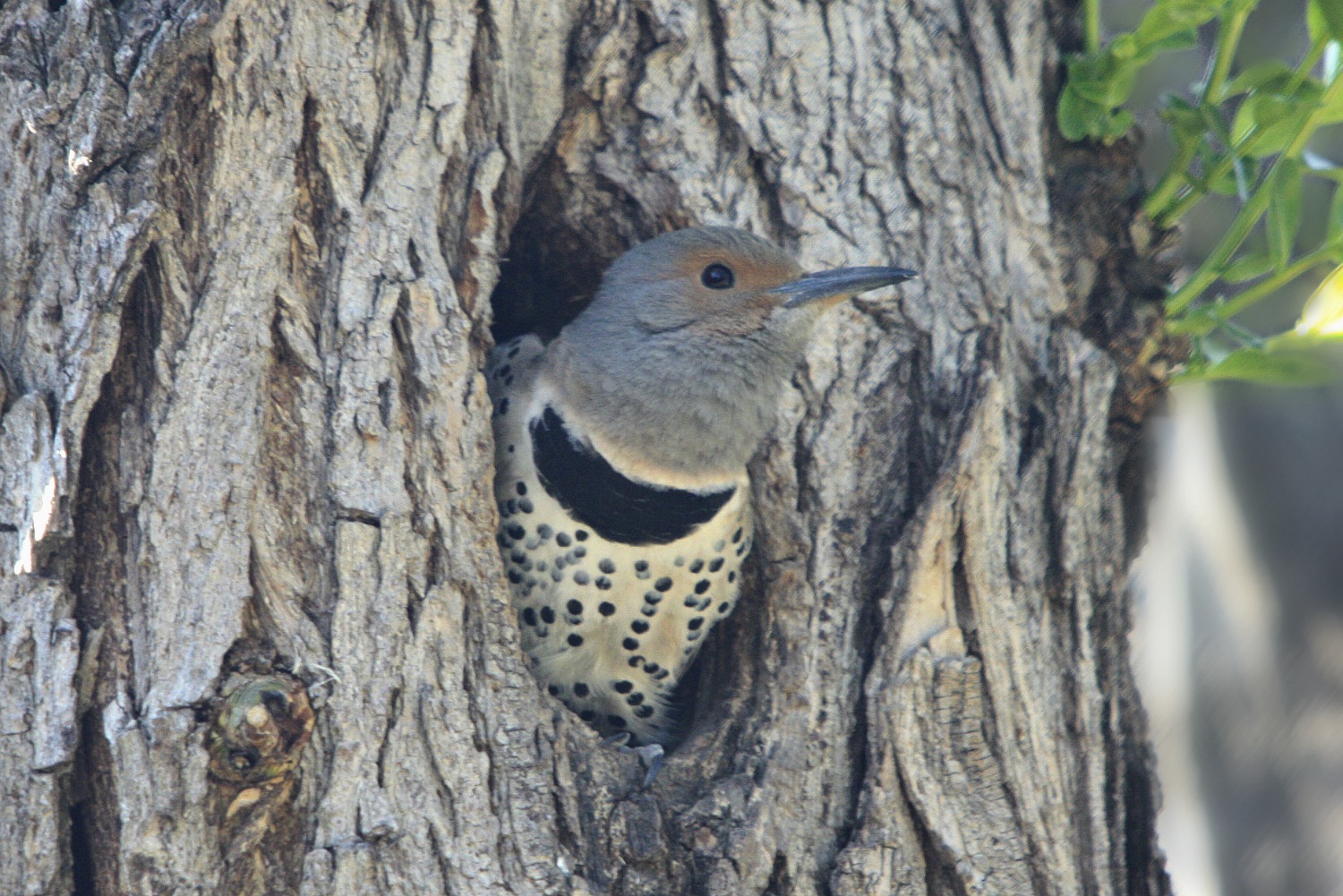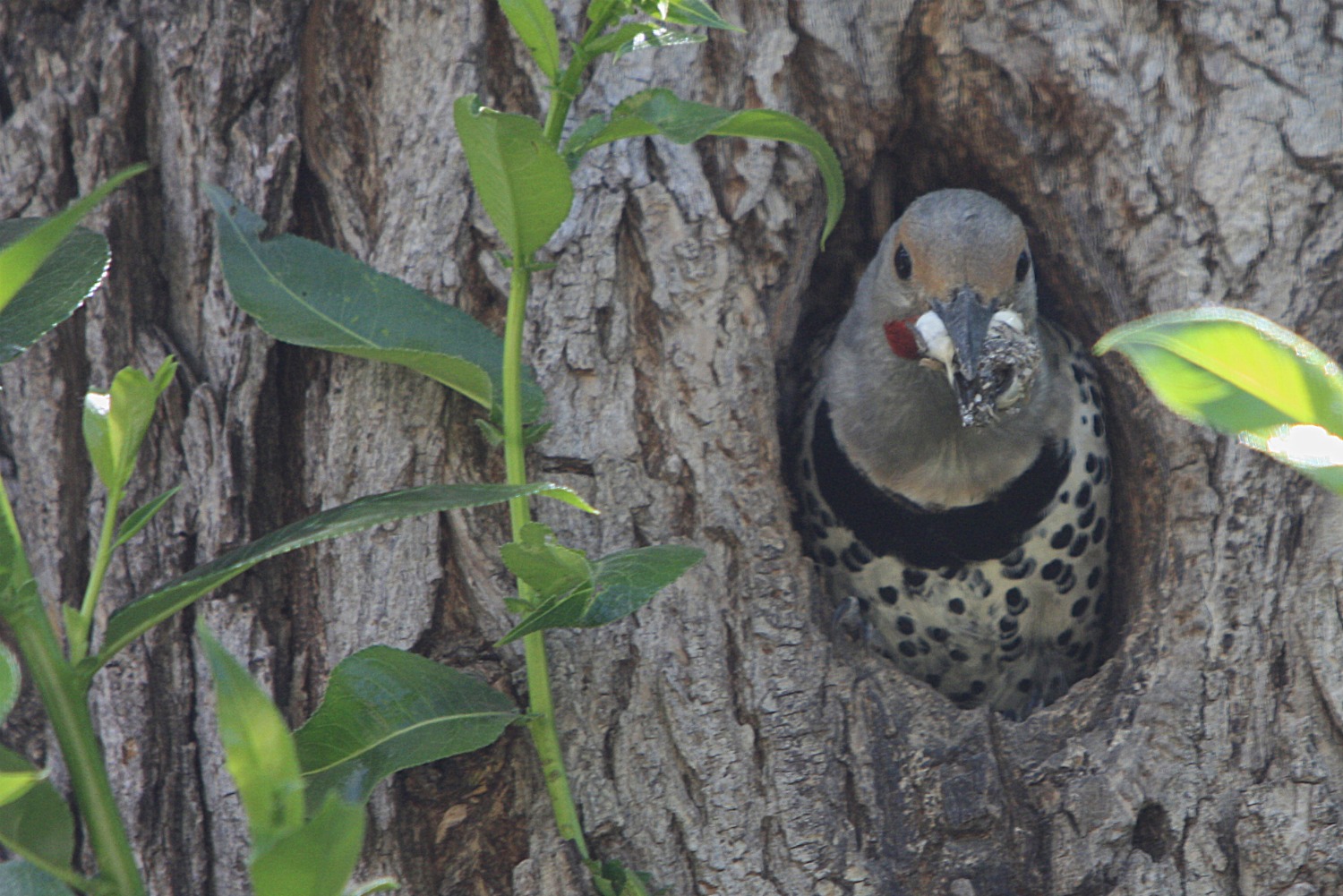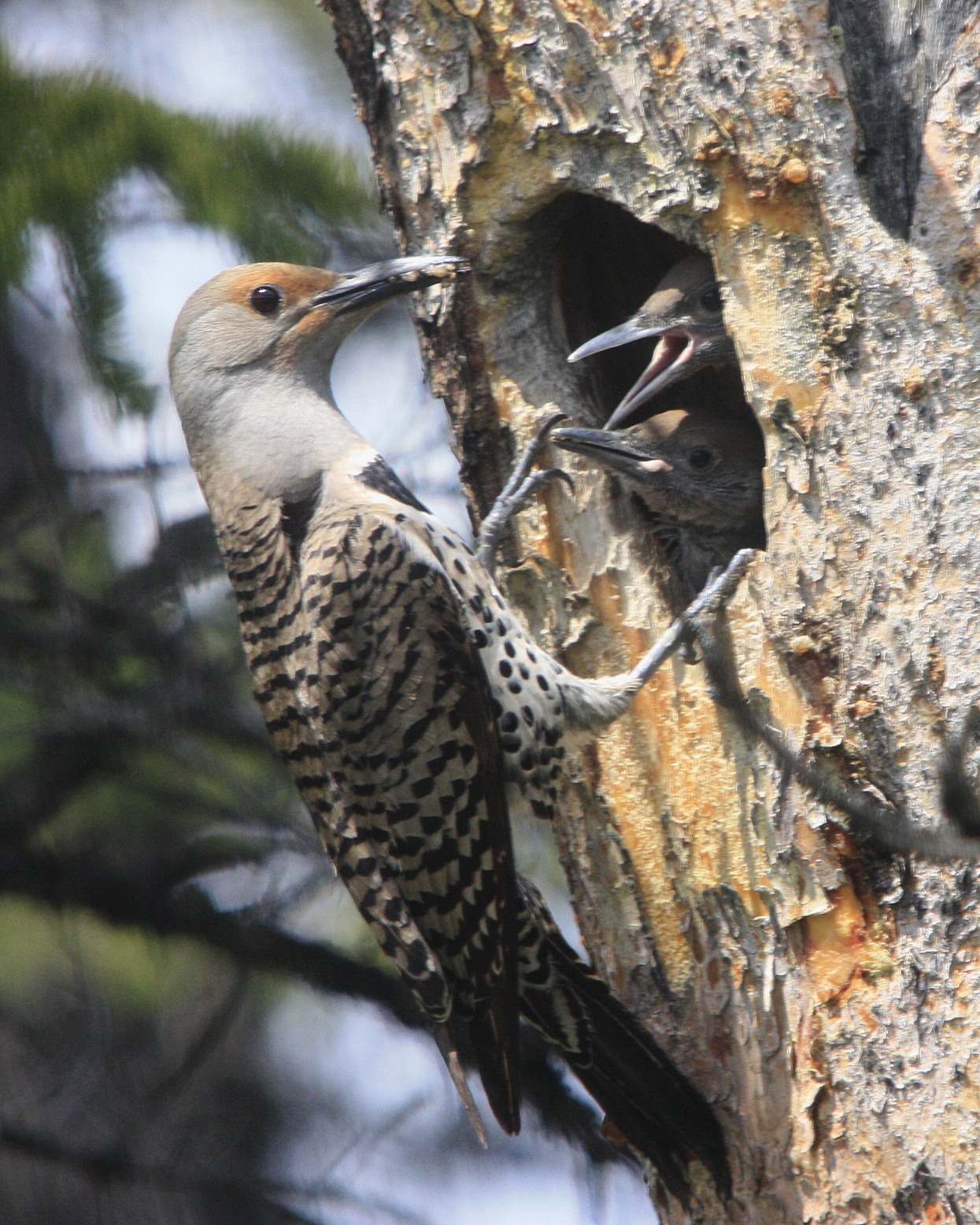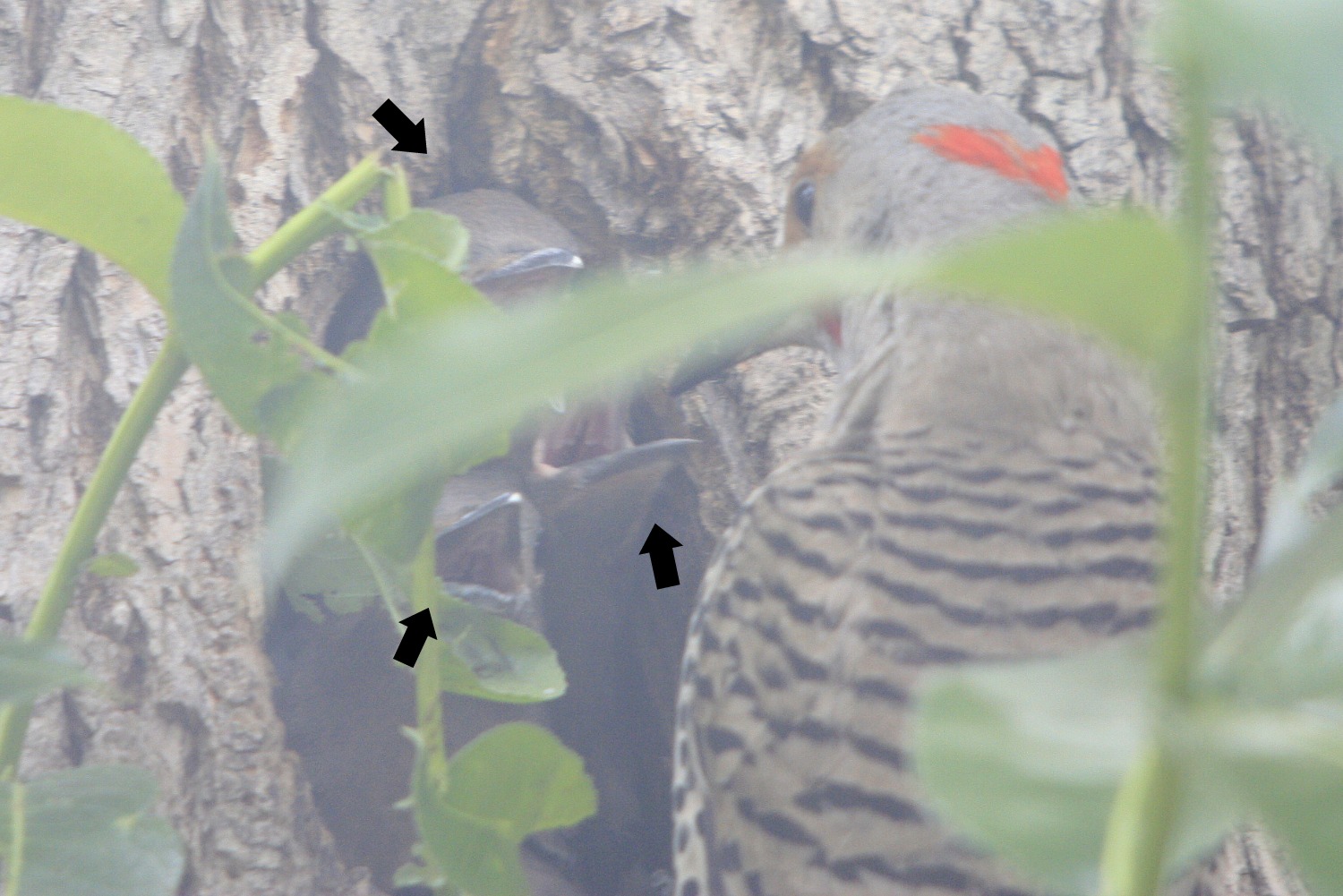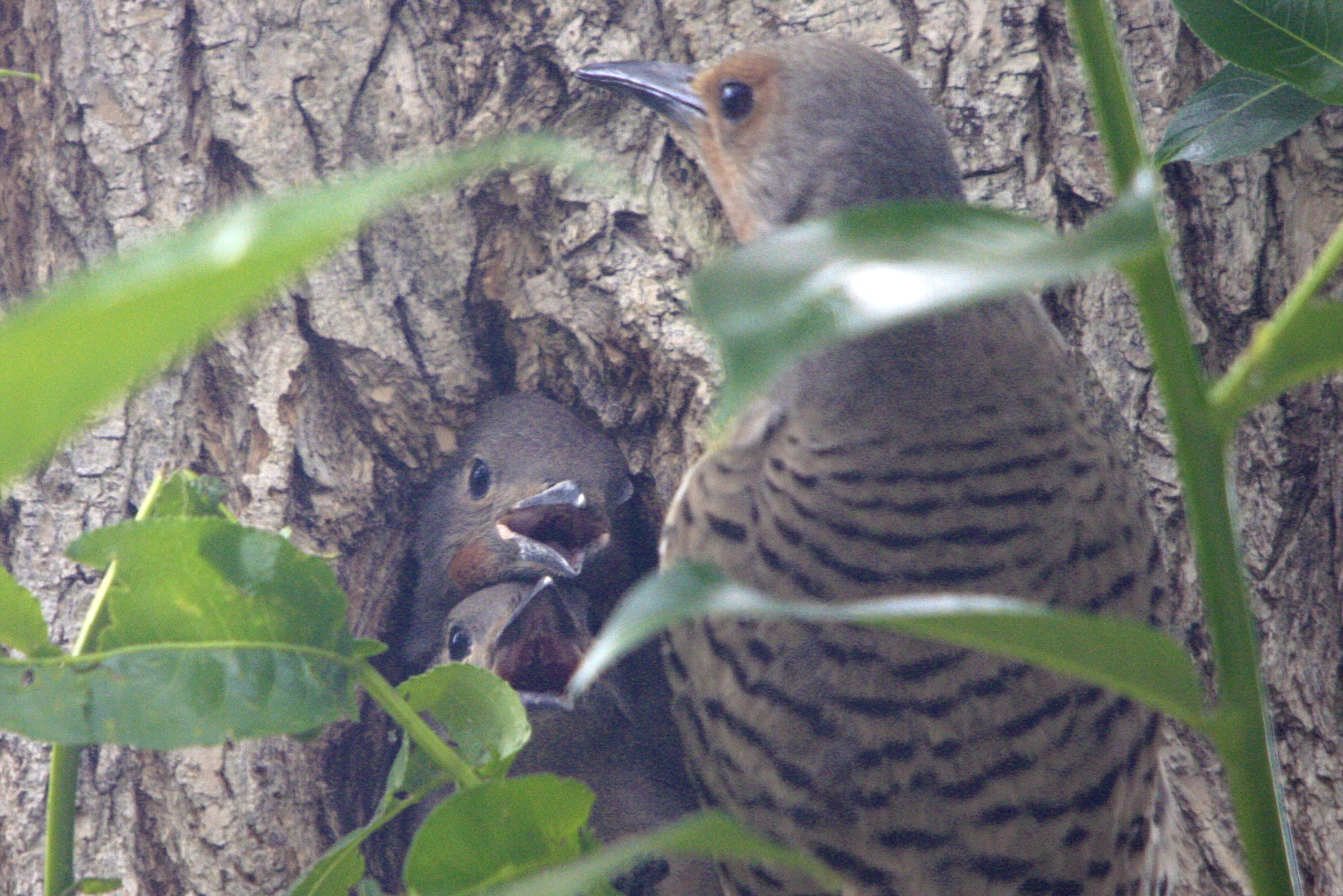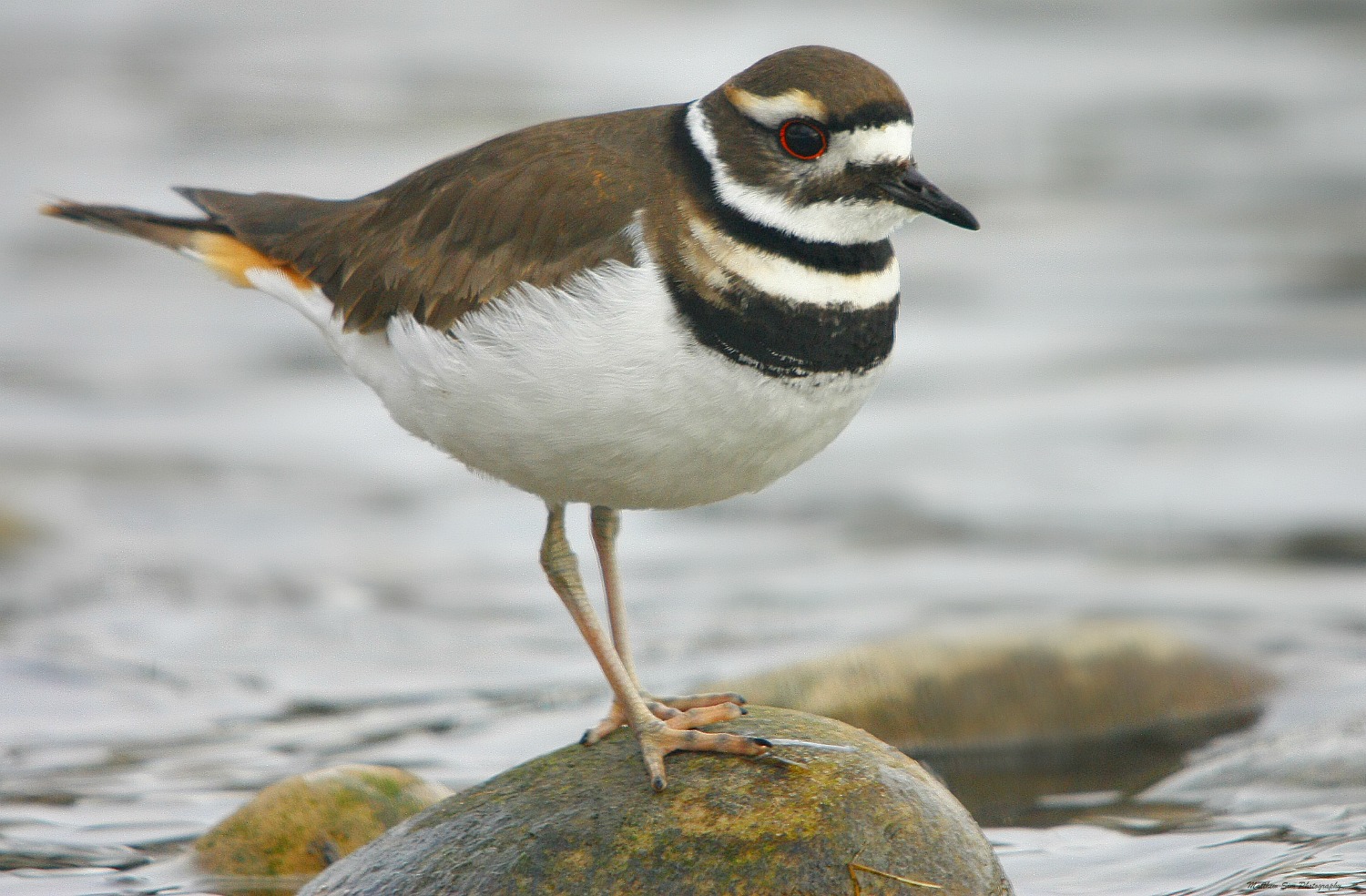Posted by Dan Arndt
Long weekends are always a great time to get some extra birding in, and this one was no exception. I had initially intended on just making a morning of it with Gus Yaki’s Monday morning group with the Friends of Fish Creek Birding course at Mallard Point, but those plans went by the wayside when I was invited to join the annual Victoria Day Big Day.
What is a “Big Day”, you ask? The idea behind a Big Day is to get as many species as possible in 24 hours of birding. Some really hardcore birders begin at 12:01 AM and go all the way through until 12:00 AM the following morning, covering a huge area and generally getting a very high number of species. For instance, the current record for an Alberta-wide Big Day is somewhere around 235, and the participants started up around Cold Lake, Alberta and trekked all the way south to the SE corner of Alberta. When I heard that number, I was absolutely stunned. Not only by the magnitude of species seen, but also by the huge distance covered.
Traditionally, the Victoria Day Big Day is restricted to the Calgary city limits, and is organized by locally well known birder Tony Timmons. Instead of a competition style event, like some can be, this one is attended by all participants, with some coming and going throughout the day. This year, we started at 5:30 AM at Votier’s Flats and spent most of our time in the south end of the city, finally finishing up at the Inglewood Bird Sanctuary around 6:30 PM. A long day, that’s for certain.
Both Bob Lefebvre and myself participated, and due to a bit of luck and determination, we were able to count the full 116 species reported by the group as a whole, along with 2 bonus species. One seen on the way down to Votier’s Flats, and the second in Confederation Park before Bob dropped me off at home.
I’ve posted the map and rough timeline of our locations below, along with the new species that we added to our total at each location. Oh, and of course I’ve added some photos as well!
Enjoy!
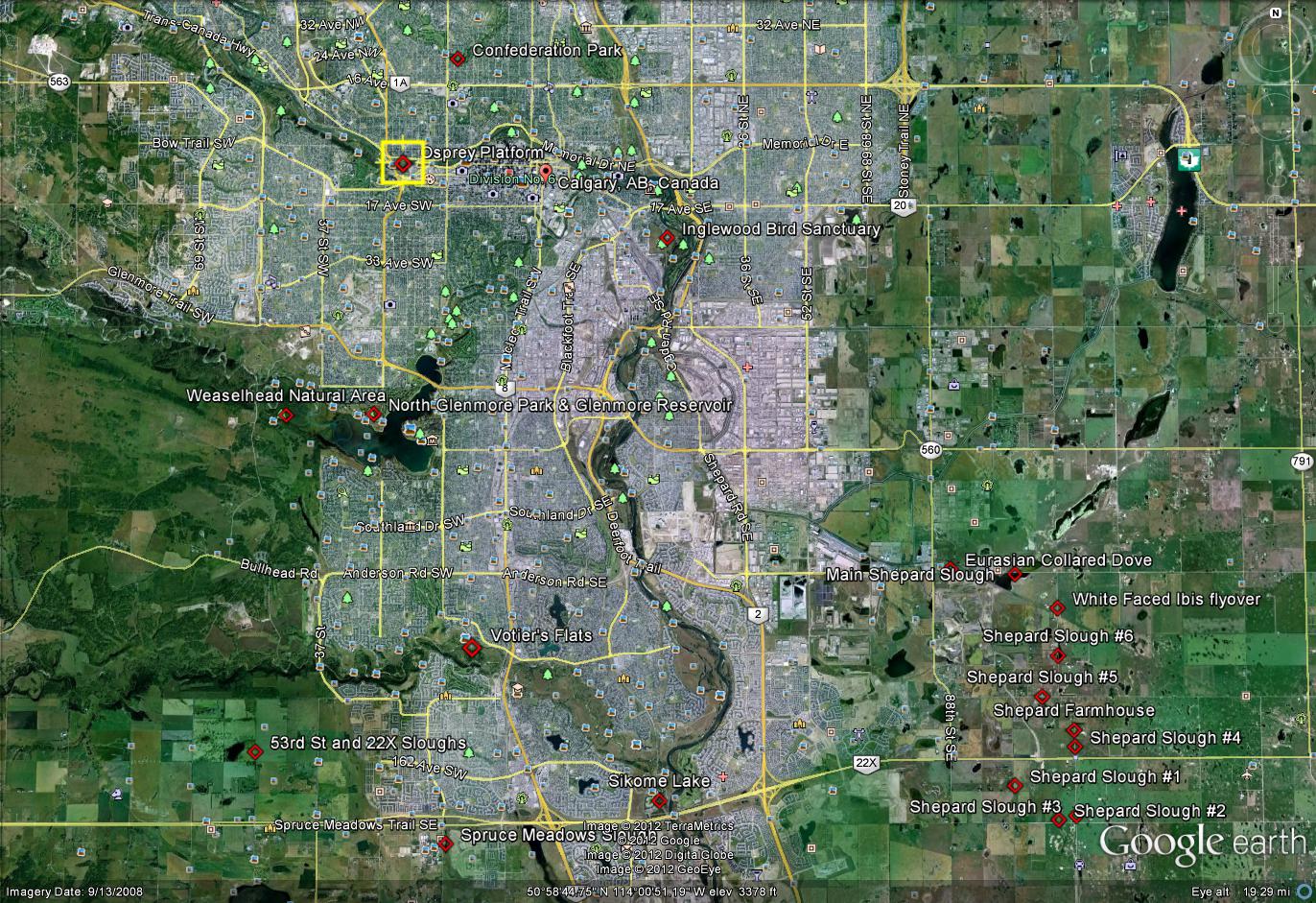
Victoria Day Big Day Locations
Crowchild Trail & Memorial Drive – Incidental – 5:15 AM
– Osprey
Votier’s Flats – 5:30 AM
- – Canada Goose
- – American Wigeon
- – Mallard
- – Blue-winged Teal
- – Bufflehead
- – Common Merganser
- – Ring-necked Pheasant
- – Sharp-shinned Hawk
- – Spotted Sandpiper
- – Belted Kingfisher
- – Downy Woodpecker
- – Northern Flicker
- – Least Flycatcher
- – Black-billed Magpie
- – American Crow
- – Northern Rough-winged Swallow
- – Tree Swallow
- – Bank Swallow
- – Barn Swallow
- – Black-capped Chickadee
- – Boreal Chickadee
- – Red-breasted Nuthatch
- – House Wren
- – American Robin
- – Gray Catbird
- – European Starling
- – Cedar Waxwing
- – Tennessee Warbler
- – Yellow Warbler
- – Spotted Towhee
- – Chipping Sparrow
- – Clay-colored Sparrow
- – Song Sparrow
- – Lincoln’s Sparrow
- – White-throated Sparrow
- – Red-winged Blackbird
- – Brown-headed Cowbird
- – Baltimore Oriole
- – House Finch
- – White-winged Crossbill
- – Pine Siskin
- – American Goldfinch
- – House Sparrow
Weaselhead – 7:30 AM
- Common Goldeneye
- Great Blue Heron
- Bald Eagle
- Swainson’s Hawk
- Red-tailed Hawk
- American Kestrel
- Merlin
- California Gull
- Rock-pigeon
- Rufous Hummingbird
- Calliope Hummingbird
- Hairy Woodpecker
- Pileated Woodpecker
- Eastern Phoebe
- Blue Jay
- Common Raven
- Cliff Swallow
- White-breasted Nuthatch
- Swainson’s Thrush
- Savannah Sparrow
- White-crowned Sparrow
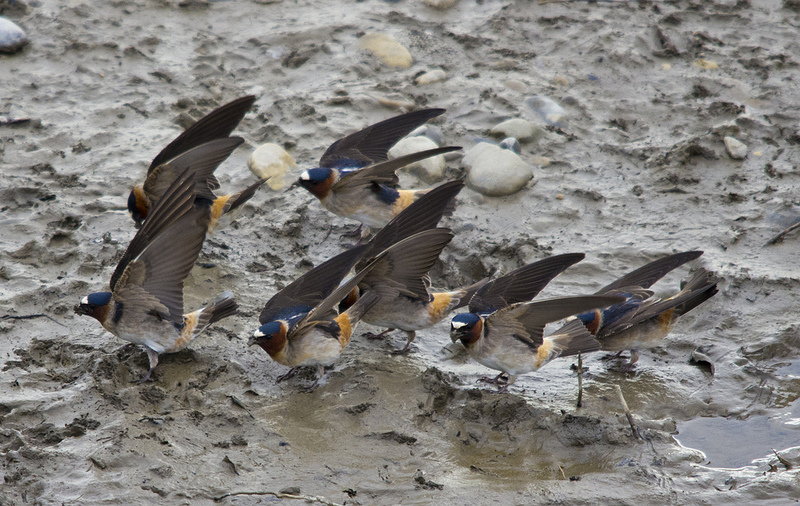
Cliff Swallows collecting mud for nests
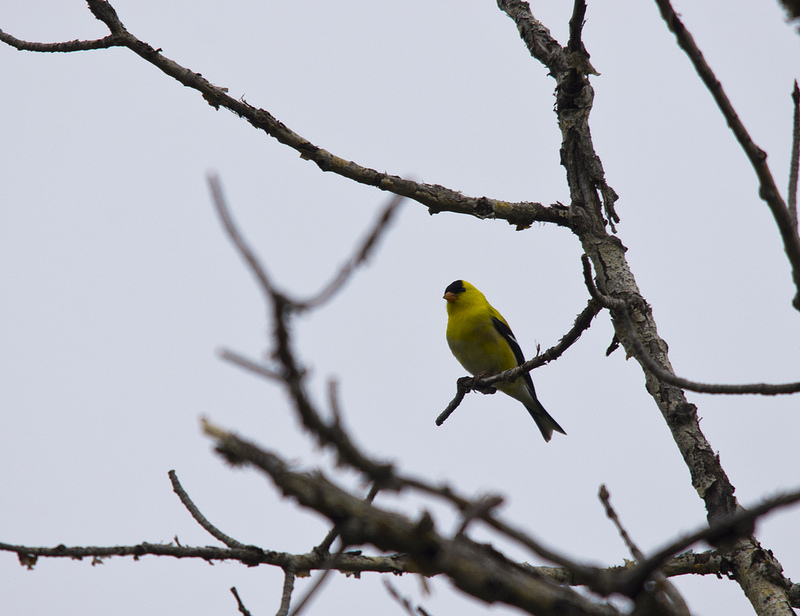
American Goldfinch
North Glenmore Park & Glenmore Reservoir – 9:30 AM
- Gadwall
- Lesser Scaup
- American Coot
- Killdeer
- Baird’s Sandpiper
- Pectoral Sandpiper
- Bonaparte’s Gull
- Franklin’s Gull
- Ring-billed Gull
- Red-necked Grebe
53rd St and 22X – 10:45 AM
- Snow Goose
- Green-winged Teal
- Ruddy Duck
- Eared Grebe
- Sora
- Wilson’s Snipe
- Vesper Sparrow
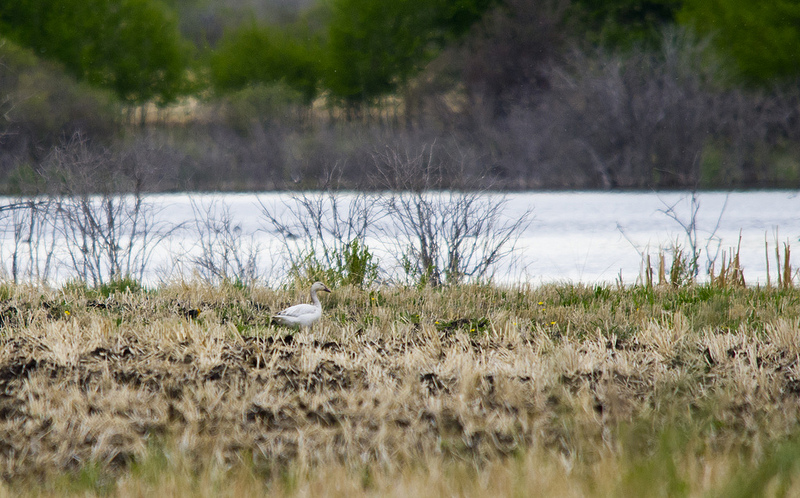
Snow Goose
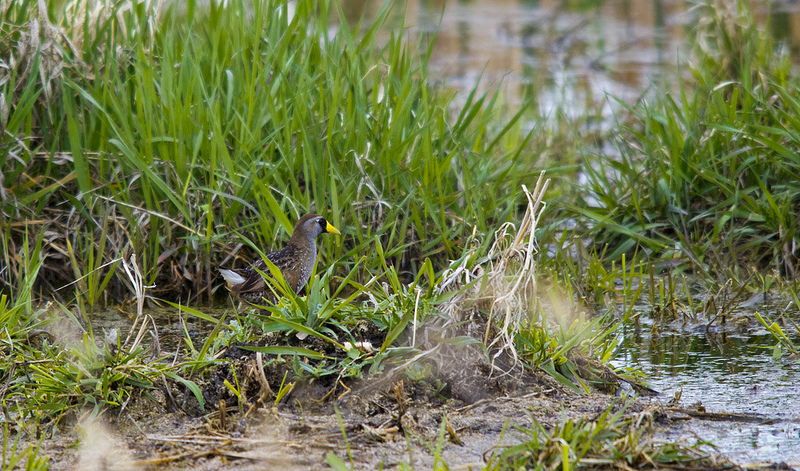
Sora
Spruce Meadows Slough – 11:20 AM
- Cinnamon Teal
- Redhead
- Northern Shoveler
- Pied-billed Grebe
- Black Tern
- Marsh Wren
- Common Yellowthroat
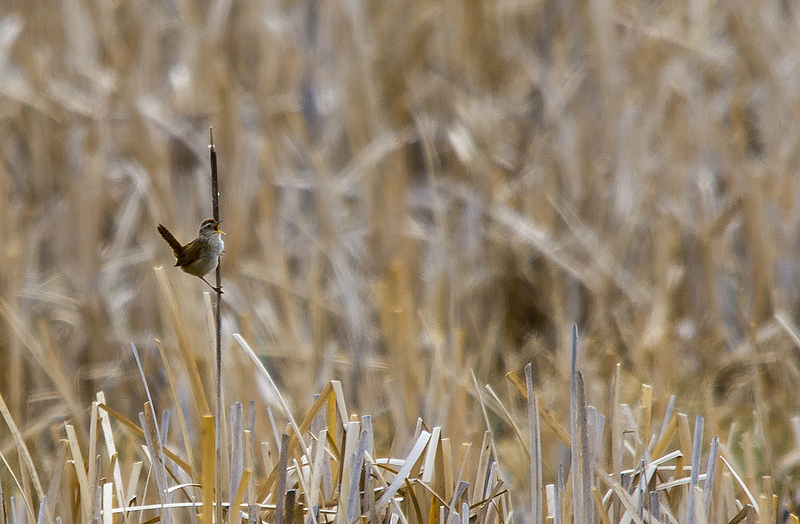
Marsh Wren
South Calgary Bluebird Boxes – 11:45 AM
- Mountain Bluebird
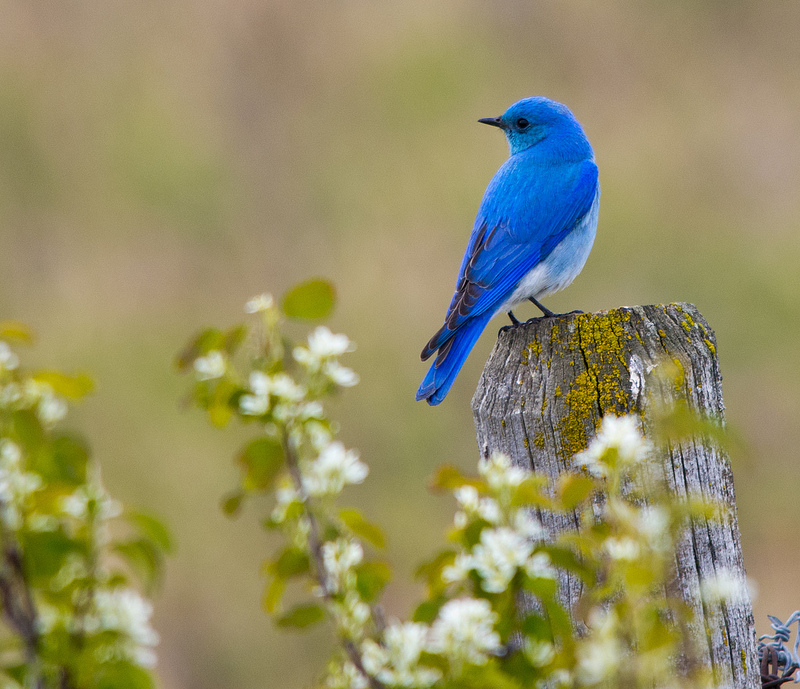
Mountain Bluebird
South Calgary Ravine – 12:00 Noon
- Cooper’s Hawk
- Mourning Dove
Sikome Lake – 12:45 PM
- Horned Grebe
- Great Horned Owl
- Yellow-bellied Sapsucker
- Eastern Kingbird
- Warbling Vireo
Shepard Slough #1 – 2:20 PM
- Northern Pintail
Shepard Slough #2 – 2:32 PM
- American Avocet
- Willet
- Wilson’s Phalarope
Shepard Slough #3 – 2:37 PM
- Western Meadowlark
Shepard Slough #4 – 2:41 PM
- Canvasback
Shepard Farmhouse – 2:51 PM
- Brewer’s Blackbird
- Common Grackle
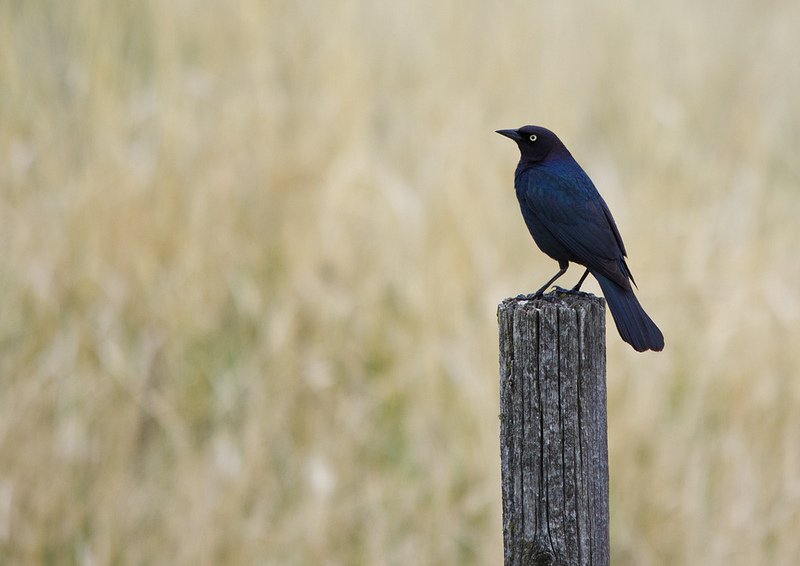
Brewer’s Blackbird
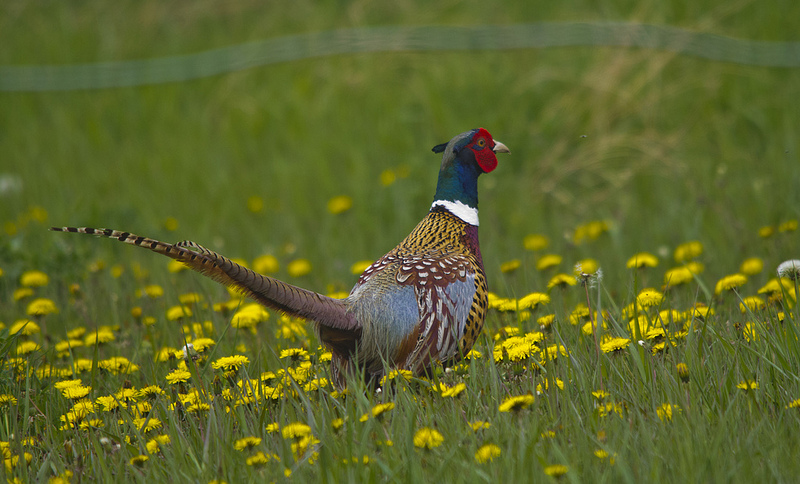
Ring-necked Pheasant
Shepard Slough #5 – 3:07 pM
- Lesser Yellowlegs
Shepard Slough #6 – 3:30 PM
- Black-necked Stilt
- Least Sandpiper
- Semipalmated Sandpiper
White-faced Ibis Flyover – 4:07 PM
- White-faced Ibis
Main Shepard Slough – 4:11 PM
- Double-crested Cormorant
- Stilt Sandpiper
Shepard – 4:31 PM
- Eurasian Collared Dove
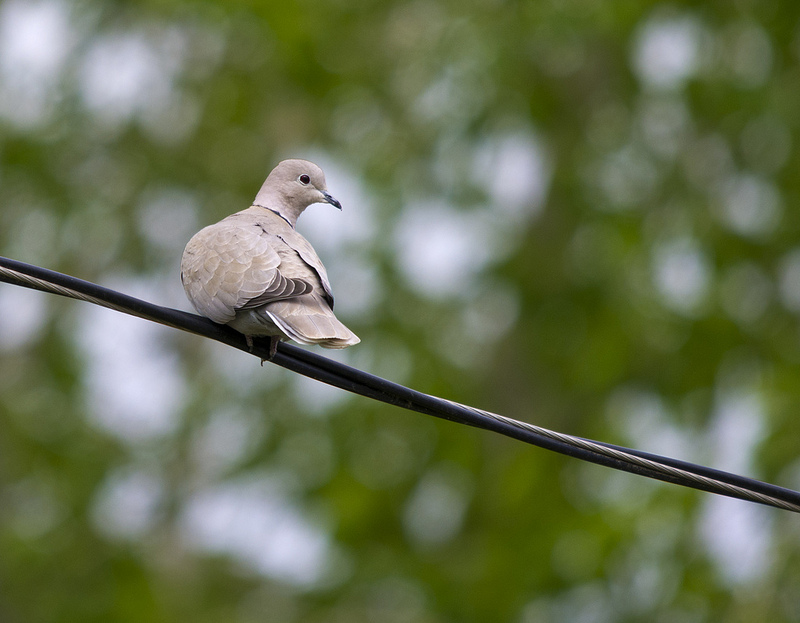
Eurasian Collared Dove
Inglewood Bird Sanctuary – 5:33 PM
- Wood Duck
- Harlequin Duck
- Hooded Merganser
Confederation Park – 7:45 PM
- Alder Flycatcher
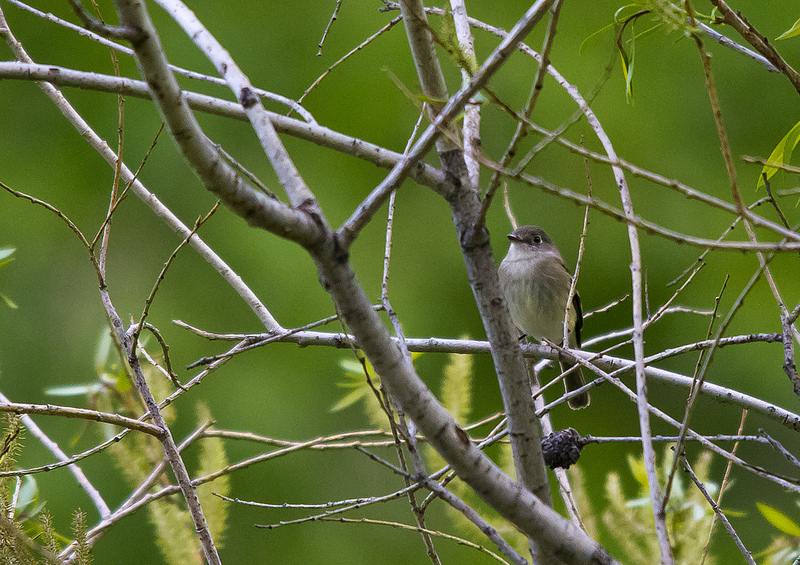
Alder Flycatcher






















